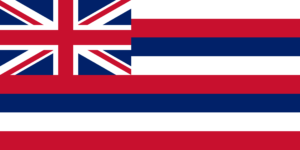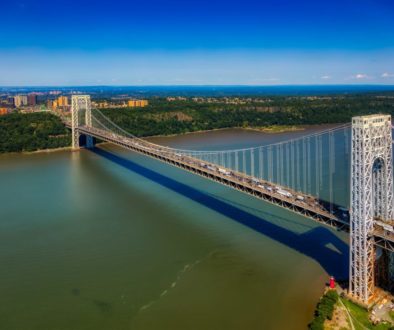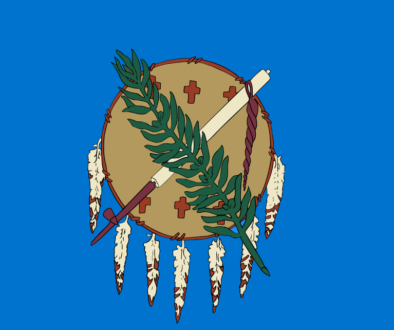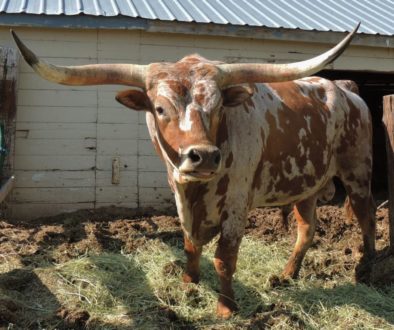Hawaii
History: The first people to settle Hawaii were Polynesians, who came as early as 300 CE from the Marquesas Islands. These early Hawaiians had no written language, but passed down many rich myths and legends, and practical knowledge about animals, plants, and the ocean. The first European to visit Hawaii was Captain James Cook, the British explorer and navigator. He first landed at Waimea, Kauai Island, on January 20, 1778. Hawaii was a kingdom ruled by monarchs for 85 years, until American and European businessman seized control in 1893. President William McKinley annexed the islands as U.S. territory in 1900. It became host to the U.S. Navy Pacific Fleet at Pearl Harbor. It was attacked by the Japanese on December 7, 1941, bringing the U.S. into World War II. A movement for statehood after the war lead to Hawaii becoming the 50th and last state on August 21, 1959. It is one of only four states that were independent countries before joining the Union.
Economy: As a U.S. territory, Hawaii rapidly grew in population, and developed large plantations to grow tropical produce for the U.S. mainland. Due to its location in the middle of the Pacific, it also grew as a transportation hub, and as an important Navy base. Major components of the local economy are agriculture, forestry, fishing, and tourism. The islands have a large variety of food and ornamental plant life. Sugar cane, pineapple, papaya, banana, mango, guava, litchi, coconut, avocado, breadfruit, lime, passion fruit, taro, and tamarind are most of the fruits grown there.
Climate: The Hawaiian Islands are tropical, but experience many different climates, depending on altitude and surroundings. As an example, the island of Hawaii has 4 out of 5 climate groups yet it is only about 4,000 square miles. Those climate types are; tropical, arid (dry), temperate, and polar. The coastal areas are drier, especially the south and west sides (leeward). Most of the precipitation (rain) comes during the winter months; October thru April. Because Hawaii is surrounded by cooler waters, the risk of tropical cyclones is low.
Geography: The tops of a chain of emerged (sticking up) volcanic mountains form most of the land area of the islands. The Hawaiian islands form a 1,500 mile crescent stretching from Kure Atoll to the big island of Hawaii. The islands have mostly hill and valleys; the big island has an active volcano, Kilauea.
FunFacts:
- The state of Hawaii consists of eight main islands: Niihau, Kauai, Oahu, Maui, Molokai, Lanai, Kahoolawe, and the Big Island of Hawaii.
- Hawaii is the most isolated population center on the face of the earth, because it is over 2,000 miles from California and more than 5,000 miles from the Phillipines.
- Hawaii is the only U.S. state that grows coffee.
- There are only 12 letters in the Hawaiian alphabet.
- More than a third of the world’s supply of pineapples comes from Hawaii.
- Hawaii is the only state completely surrounded by water.
Points of Interest:
- USS Arizona Memorial at Pearl Harbor
- North Shore of Oahu
- Waikiki Beach, Oahu
- Na Pali Coast State Wilderness Park, Kauai
- Haleakala National Park, Maui
- Moloka’i’s Kalaupapa National Historical Park, Maui
Six additional sites to visit for more information:
https://en.wikipedia.org/wiki/Hawaii
kids.nationalgeographic.com/hawaii




